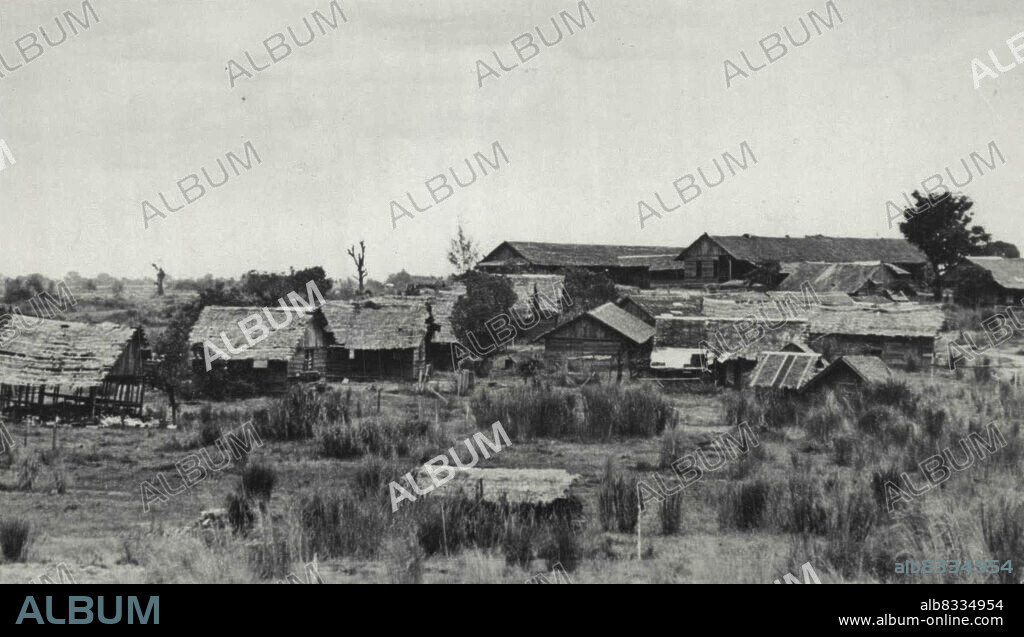alb8334954
Ruins of Camp O'Donnell Barracks -- This is a view of the Barracks at Camp O'Donnell, on Luzon, after it was captured by American troops. Afilipino colonel who survived O'Donnell estimated 40,000 American and Filipino soldiers -- half of the 80,000 who were imprisoned there after the infamous "Death March" of Bataan -- had died of disease, malnutrition and mistreatment. Filipino survivors were released and American survivors were moved by the Japanese some time before the American occupation. This, and other pictures in this series, were made by Carl Mydans, Life Photographer on assignment with the wartime still picture pool. Mydans was among those taken prisoner when the Philippines fell, and was later repatriated. July 02, 1945. (Photo by Carl Mydans, Associated Press Photo).

|
Add to another lightbox |
|
Add to another lightbox |



Caption:
Ruins of Camp O'Donnell Barracks -- This is a view of the Barracks at Camp O'Donnell, on Luzon, after it was captured by American troops. Afilipino colonel who survived O'Donnell estimated 40,000 American and Filipino soldiers -- half of the 80,000 who were imprisoned there after the infamous "Death March" of Bataan -- had died of disease, malnutrition and mistreatment. Filipino survivors were released and American survivors were moved by the Japanese some time before the American occupation. This, and other pictures in this series, were made by Carl Mydans, Life Photographer on assignment with the wartime still picture pool. Mydans was among those taken prisoner when the Philippines fell, and was later repatriated. July 02, 1945. (Photo by Carl Mydans, Associated Press Photo).
Credit:
Album / SuperStock / Sydney Morning Herald
Releases:
Model: No - Property: No
Rights questions?
Rights questions?
Image size:
1768 x 1009 px | 5.1 MB
Print size:
15.0 x 8.5 cm | 5.9 x 3.4 in (300 dpi)
Keywords:
1945 • 20TH CENTURY • ARCHIVAL • ARCHIVE • ARCHIVES • BARRACKS • BLACK AND WHITE • CAMP O'DONNELL BARRACKS • EDITORIAL • HISTORIC • HISTORICAL • LUZON • NO PEOPLE • PHILIPPINES • RETRO • VINTAGE • WITHOUT PEOPLE • WORLD WAR II
 Pinterest
Pinterest Twitter
Twitter Facebook
Facebook Copy link
Copy link Email
Email

